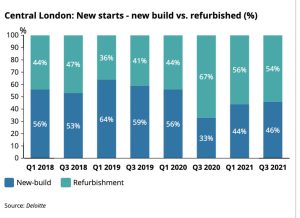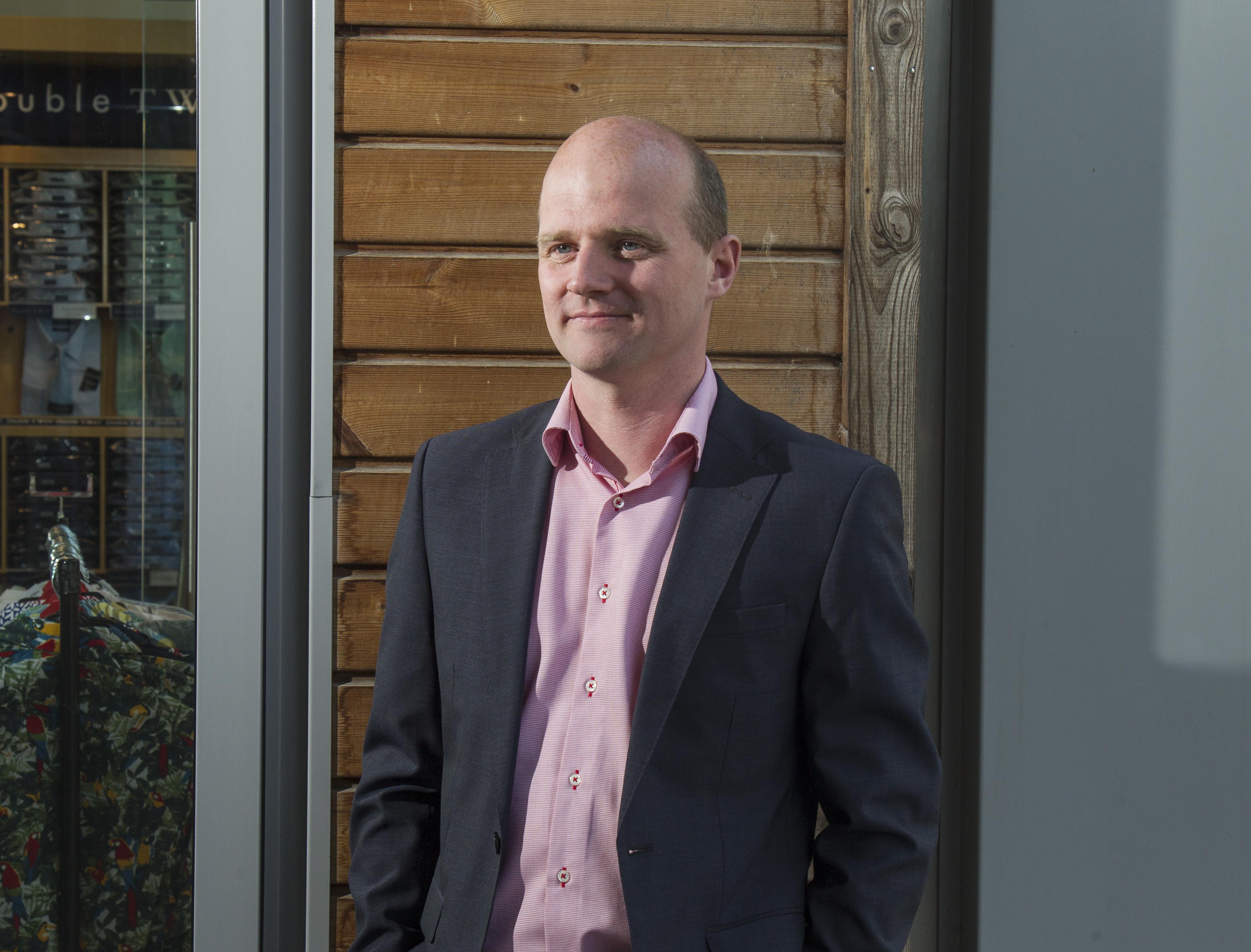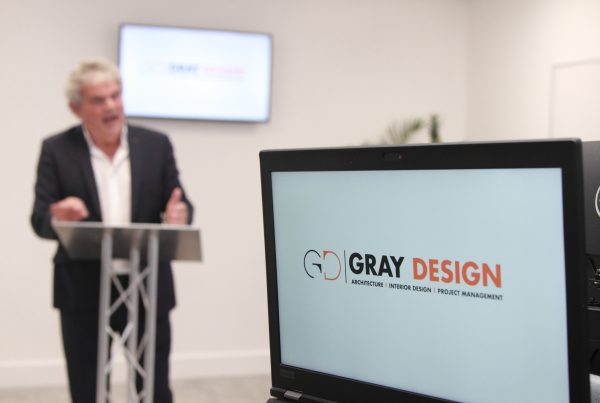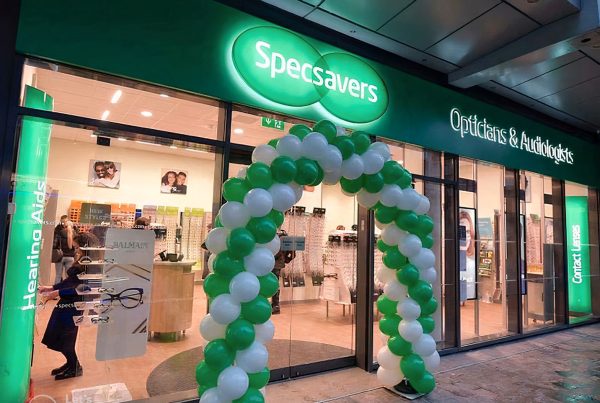A recent Deloitte survey shows an upturn in new build office space in London. Barry Gray of architects, Gray Design, looks at the pros and cons of new build versus refurbishment.
Deloitte’s Winter 2021 survey indicates that the volume of new build starts in London’s commercial sector is on the rise. This is taken to reflect a recovery in investor confidence after the initial shock of the Covid pandemic and increased demand for office space following months of work from home guidelines.
That is, without doubt, a good sign for construction and business, even factoring in the possibility that some of these are delayed starts on planning permissions granted before Covid and only actioned now.
While the volume of new starts has increased, the actual number of new starts has fallen. This indicates that individual projects are bigger in sq. ft. terms by some 28%. This could indeed reflect a greater risk appetite, or could it reflect the need for post-Covid commercial spaces to be bigger?
The report also shows that new builds are gaining traction against refurbishments: the total new start volume has increased to 46% of the total, from 33% a year ago. This has not been enough to disrupt the dominance of refurbishment over new build in recent years (currently 54% of starts), which Deloitte believes to be a structural shift driven by sustainability reasons.

So which is it to be for your commercial premises, new build or refurbishment?
There is no broad-brush answer. It comes down to the merits of the scheme, the building and location. My personal preference would be for refurbishment where the building merits it architecturally. It is certainly possible to transform the interiors of old, distinguished buildings to meet the needs of the world we live and work in today.
However, the investment risk in refurbishment is much greater. With a new build project, there is a know fixed cost, therefore, it’s easier to structure finance, cashflow and to predict the point where you will start to see a return on your investment.
Refurbishments are not so simple. The project can throw up challenges, problems and unknown elements which add to the cost and the time to completion. Most refurbishment works are client led and, once the unforeseeable costs start to erode options, a compromise solution can be necessary. At times, this means justice hasn’t been done to the building.
Property developers are likely to be even more cost-driven than private clients, which is why many will prefer new build over refurbishment, even on the site of an existing building, where planners are becoming reluctant to sanction demolition due to concerns around embodied carbon.
This could explain why so many existing buildings of architectural heritage value remain standing but empty, particularly in Belfast city centre. A good architect will always be able to draw up designs for the refurbishment of such buildings and construction methods are advancing at such a pace that I hope these building buildings can one day be refurbished and repurposed.





